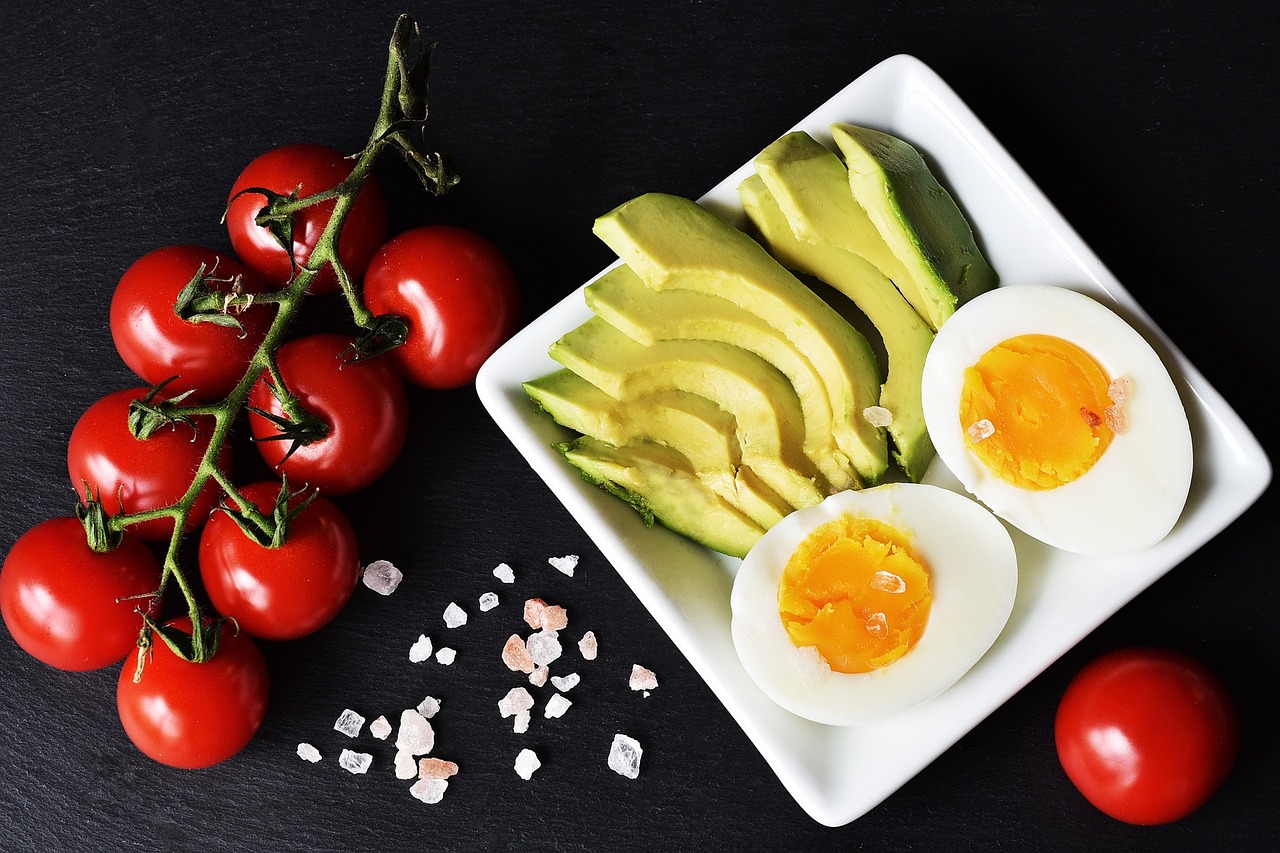A vital component of health and development is nutrition. A strong immune system, safer pregnancies and deliveries, a decreased risk of noncommercial diseases (including diabetes and cardiovascular disease), and longer life spans are all associated with better health.
Healthy kids learn better. People who are well nourished are more productive and can open doors to progressively end the cycle of hunger and poverty.
Your body grows and functions properly with the aid of vitamins. Vitamins A, C, D, E, K, and B are among the 13 important vitamins (thiamine, riboflavin, niacin, pantothenic acid, biotin, B6, B12, and folate).
Function of vitamins
Different functions of vitamins maintain the body functioning effectively. While some vitamins support healthy neurons and infection resistance, others may aid in correct blood clotting or food energy absorption.
Your body functions better due to vitamins and minerals. Other nutrients, such as calcium, magnesium, and potassium, are required in higher concentrations. Similar to vitamins, most minerals can be obtained in sufficient amounts if you eat a balanced diet.
How can we measure vitamins?
Numerous methods exist for measuring vitamins. The majority are:
- Mg -milligram (A milligram is one thousand grams)
- Mcg-microgram (A microgram is one-millionth of a gram)
- IU-international unit (Depending on the vitamin or medication, milligrams, and micrograms are converted to IU)

Recommended Dietary Allowance (RDA)
The quantity of vitamins you need to consume daily is known as the Recommended Dietary Allowance (RDA). Depending on a woman’s age, gender, and whether she is pregnant or nursing, different RDAs apply.
Vitamin A
Your vision, bone growth, reproduction, cellular processes, and immune system are all influenced by vitamin A. Antioxidants include vitamin A. Both plant and animal sources are acceptable. Fruits and vegetables in various colors make up plant sources. Foods like cereals also have vitamin A added to them.
Vitamin B6
A wide range of food sources of vitamin B6. Fish, cow liver, potatoes and other starchy vegetables, and fruit are the best sources of vitamin B6 (other than citrus). Additionally, it affects immune performance.
Vitamin B12
Meat, fish, poultry, milk, and fortified breakfast cereals are all good sources of these vitamins. Some individuals over the age of 50 experience issues with vitamin B12 absorption. They might need to consume meals fortified with vitamin B12 and take vitamin B12 tablets.
Vitamin C
Antioxidants include vitamin C. Your skin, bones, and connective tissue depend on it. It facilitates healing and aids iron absorption in the body. Fruits and vegetables are good sources of vitamin C. Citrus, red and green peppers, tomatoes, broccoli, and greens are all excellent sources. Many foods and liquids have vitamin C added to them.
Vitamin D
Your body can better absorb calcium with vitamin D. One of the key components of bone is calcium. Rickets and osteoporosis are two bone illnesses that can be brought on by a vitamin D deficiency. Your immunological, muscular, and nervous systems are all impacted by vitamin D. There are three methods to obtain vitamin D: through your skin (from sunlight), through your diet, and supplementation.
Fatty fish, fish liver oils, fortified milk, milk products, fortified cereals, and fortified foods are all sources of vitamin D.
Vitamin E
Antioxidants include vitamin E. Your immune system and metabolic functions are impacted by it. The majority of people consume adequate vitamin E in their diet. Vegetable oils, margarine, nuts and seeds, leafy greens, and margarine are all excellent sources of vitamin E. Foods like cereals are given vitamin E supplements. It is additionally offered as a supplement.
Vegetable oils also contain vitamin E in addition to nuts like peanuts and almonds. Green veggies like spinach and broccoli also contain it.
Vitamin K
Your body uses vitamin k to make the proteins needed for strong bones and tissues. It also produces the proteins needed for blood coagulation. Different varieties of vitamin K exist. The majority of people obtain vitamin K through plants like dark berries and green vegetables. Another kind of vitamin K is also produced in trace amounts by bacteria in your intestines.
Why we need a Vitamin chart
The list of vitamins can help you understand how specific types of vitamins interact with your body, how much of each nutrient you need daily, and what foods to eat to receive the right nutrients. The Institute of Medicine’s recommendations forms the foundation of the recommendations in this vitamin chart. Depending on the nutrient, the recommended levels of certain vitamins might be stated in milligrams (mg), micrograms (mcg), or international units (IU).
Vitamin charts are useful to maximize your health because vitamin shortages can affect your immunity, mental clarity, energy levels, metabolism, bones, muscles, eyes, skin, and general fitness. Vitamin charts make it easier for you to understand each vitamin’s function in your body and the recommended daily intake.
Vitamins are regarded as vital nutrition because, when working together, they carry out thousands of bodily functions. They also repair cellular damage and transform food into energy.















Leave a Reply
View Comments